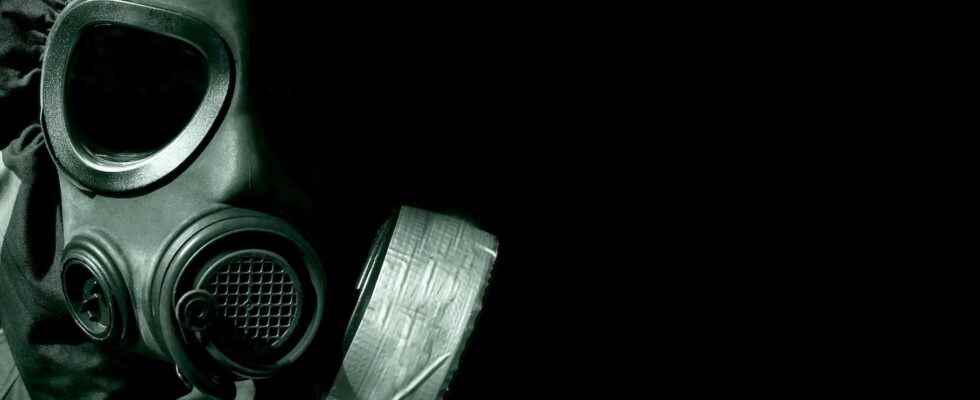The term “chemical weapon” designates any chemical product used with the aim of causing permanent injury or death by its action on vital processes. And more broadly, any material intended to transform into a weapon toxic chemicals.
Chemical weapons can act in different ways. the gas mustard, for example, has the particular effect of blinding enemy soldiers. Or prevent them from breathing in addition to the severe burns it inflicts. But its direct lethality is only around 5%. Sarin gas, on the other hand, is one of the so-called neurotoxic weapons — the most dangerous of all — which paralyzes the muscles, including the lungsand thus cause death by asphyxia. Its lethality is therefore very high.
Humans have used chemical weapons since ancient times. They then took the form of Pisces taken from plants. Which could be spread on a rather large scale. As when the roots of hellebore were thrown into the river which watered the inhabitants of a besieged city. It was in 600 BC. J.-C. The Indians of Amazonia, they have long relied on arrowheads poisoned with curare.
Chemical weapons were then used on several occasions during the First World War. Attacks with chlorine, phosgene — a suffocating agent — or evenhydrocyanic acidand the infamous mustard gas — from sulfide of dichlorinated ethyl which causes very painful burns. They caused some 100,000 direct combat deaths. But the number of deaths from more or less serious lesions due to these gases is estimated at around 1.3 million.
Chemical weapons, too abject weapons
During World War II, chemical weapons do not appear to have been used on the battlefield. the Protocol of Geneva (1925) was supposed to prohibit its use as a means of warfare. Because chemical weapons not only strike indiscriminately, but can also have effects far beyond the end of the conflict. However, they were indeed used during this period, especially in the Nazi concentration camps.
In 1992, a Chemical Weapons Convention — which now includes 189 countries — was adopted with the creation of an Organization for the Prohibition of Chemical Weapons (OPCW) with the mission of:
- to implement the provisions of the Chemical Weapons Convention and ensure a transparent and reliable regime for verifying the destruction of chemical weapons;
- to prevent their reappearance in any State Party;
- to provide protection and assistance against chemical weapons;
- to encourage international cooperation in thepeaceful use of chemistry ;
- and to achieve universal membership in the OPCW.
Research is currently underway for the development of so-called non-conventional and non-lethal chemical weapons. Because they are not aimed at humans, but at rubbers — to cripple an army by using its tires and other seals — copper or silicon — to destroy communications systems.
You will also be interested
[EN VIDÉO] The unsuspected beauty of chemical reactions Science and art can meet in unexpected forms. Chemical reactions, for example, give rise to complex interactions and astonishing spectacles. No need to look for the nearest laboratory, come and discover here, in video, the hidden beauty of chemical reactions.
Interested in what you just read?
